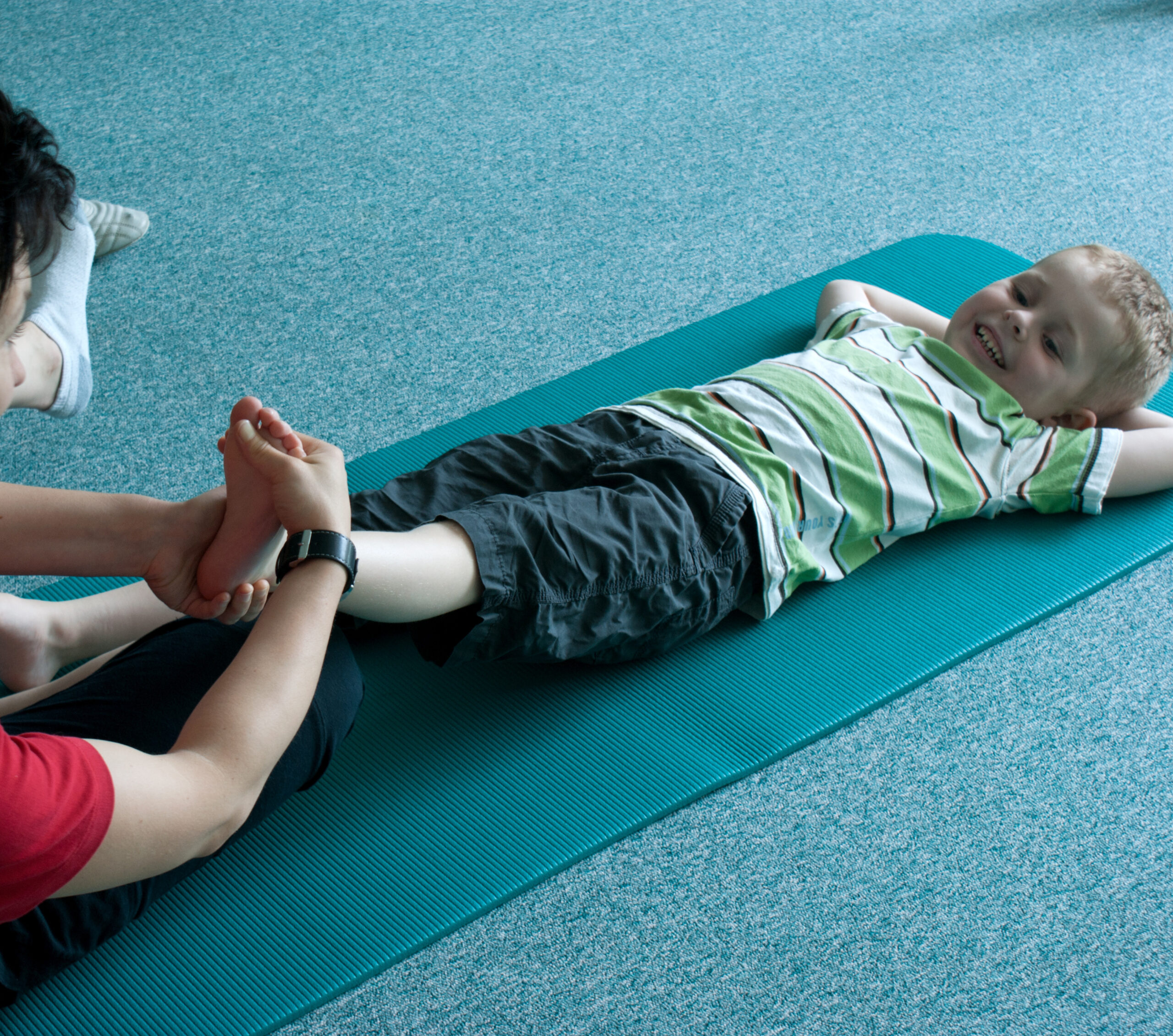Consider the Scar
Scars can be a sleeper hit when it comes to troubleshooting pain, GI issues, postural concerns, muscle imbalances, and challenging movement patterns.
Scar tissue is a unique type of connective tissue the body creates to heal an injury. This injury can be large, like a major surgery or traumatic injury, or it can be small like a poke from an epidural or immunization.
Scar tissue does not have the same amount or type of nerve endings as our “normal” tissue does. It also is typically avascular, which means it has minimal blood flow, if any. Scar tissue will contain interstitial fluid, which is fluid in the space between cells, and scar tissue can interrupt or slow down lymph flow. Lymph nodes themselves can be “nestled” into scar tissue as well, and I have often found that areas where there has been surgery, especially in the lower abdomen or other nodal hotspots, can be a little sluggish or congested.
In short, this type of tissue is distinct, and our brain is aware of the difference.
Why does this matter?
The brain is sometimes called the governor, overseeing everything happening in the body and making decisions on how to proceed. Most of these decisions are not conscious ones. If our brain is not getting the most accurate information, which easily happens when there’s scar tissue, it will compensate. That can mean muscle imbalances, an increase in pain, headaches, jaw clenching, or changes in proprioception or interoception. These are just a few examples.
How could this impact muscle imbalances?
The brain is going to prioritize certain functions, especially when under stress (which happens from poor proprioception). Breathing is important. Organs are important. The visual system is important. Staying upright against gravity is important. There are things the brain will make sure you can do, and if there isn’t efficient communication with a group of muscles, another group will be called on to act. It’s not that your muscles are not working or forgot how to function. It is that the signal is not clear and so there’s a lot of inefficiency, buffering, or lag. This buffering leads to other areas being recruited to help accomplish movements and motions. Over time, the compensations may result in different issues arising because the ideal candidate for a motion is not the primary mover.
Another way muscle imbalances may manifest are from adhesions between scar tissue and surrounding structures, like fascia, muscles, bones, organs, or anything else in the vicinity. In my RAPID Core class, we learned that scars look for bones to anchor onto, which could explain another mechanism for how abdominal scars can lead to back pain or back problems. Adhesions are a way of describing tissue that is not gliding or moving property and instead is sticky and functioning more like glue. Dr. Stecco has some excellent research on this topic, as does Dr. Schleip. If the muscles are not able to move through their healthy range of motion, they will be limited, which can lead to other muscles needing to alter their behavior. A muscle or structure could also be “stuck” in an unfavorable position, like elongation for a muscle, which would impact the system as well.
Additionally, fascia is a tissue that appears to truly be continuous throughout the body, and a change in its tension patterns could lead to pulling and tension somewhere else in the body. For a visualization of some of the major fascial lines, I recommend looking at Anatomy Trains from Tom Myers. A scar in the shoulder could lead to pulling up and down the torso which could impact the neck and/or lower back, for example.
This is a short description of a complex topic, but if nothing else, please remember that muscle imbalances can result from scars. Scars are not the only thing that can lead to muscle imbalances, but when I find muscle imbalances in session, I often dig deeper into my client’s history to see if a scar (or multiple scars) might be playing a role.
I want to avoid writing a novel, so I’ll save more information about pain (nociception) and scars for another post.
Sources include:
McLaughlin Scar Tissue Release® Certified Practitioner
NeuroKinetic Therapy® Certified Level 2 Practitioner
Sharon Wheeler’s ScarWork® Practitioner
Rapid NeuroFascial Reset® RAPID Specialist – Upper Body, Lower Body, and Core
Chikly Health Institute® Lymph Drainage Therapy Level 1, 2, 3






+ show Comments
- Hide Comments
add a comment